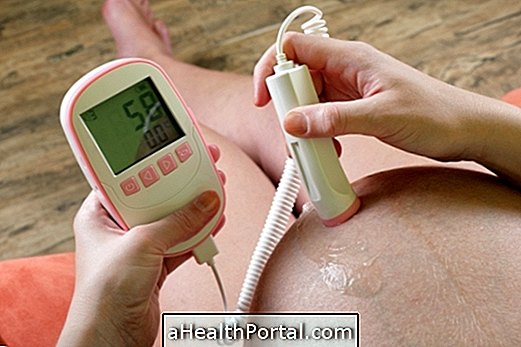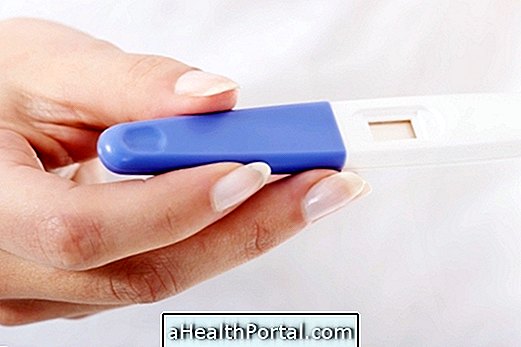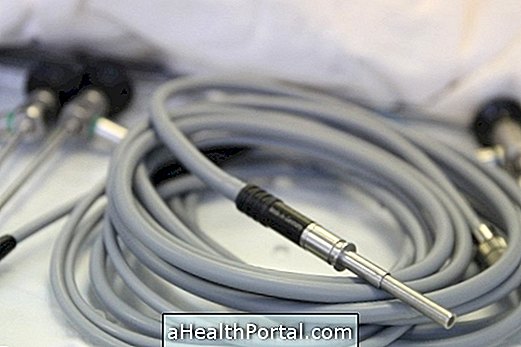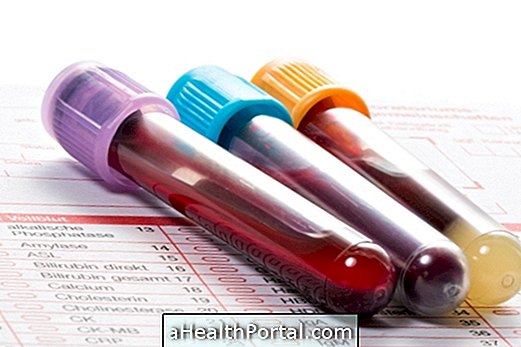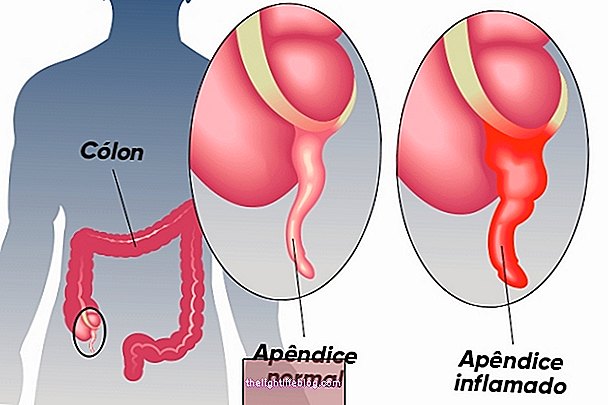The urease test is a very simple test that is used to confirm or mislead the presence of Helicobacter pylori bacteria in the stomach, which is a major cause of problems such as gastritis, esophagitis, duodenitis, ulcer and cancer of the stomach.
The test is ordered by the gastroenterologist and is done during the endoscopy exam, without increasing the patient's pain or discomfort, and the result is ready within minutes. In the case of a positive test, it is important to start the treatment of bacteria in the case of positive results, which helps to avoid the evolution of the disease and relieve the patient's symptoms.
See the symptoms that may indicate an H. pylori infection.
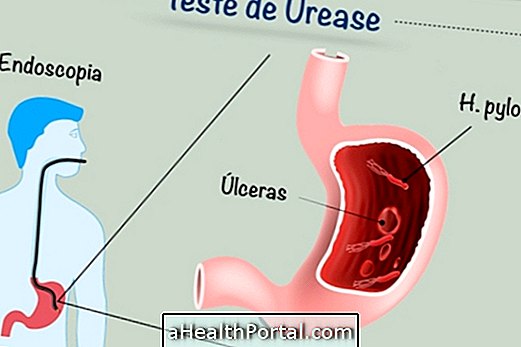
How is the test done?
It is done during the examination of upper digestive endoscopy, which evaluates the health of the esophagus and stomach. During the examination, a small piece of the stomach wall is removed and placed in a vial containing urea and an acid indicator.
Then, the test result is made according to the change in acidity of this mixture:
- Positive urease test : the substance passes from a yellowish to reddish color by increasing the pH;
- Negative urease test : The test substance does not change color and indicates that there is no H. pylori in the sample taken from the stomach.
Although the color of the substance often changes within minutes, there are cases in which the amount of H. pylori is reduced and therefore the test may take a few hours to be positive. For this reason, the test of the examination should only be considered after the first 24 hours.
How to prepare for the test
Since the urease test is done during an endoscopy, the preparation should follow all rules of endoscopy, so it is very important to fast for at least 8 hours and avoid using antacid medicines during this period.
See all indications for endoscopy better.
What does the result mean?
The test results come out in about 5 minutes, but the clinic may take longer to deliver the official result to the patient if other aspects of bowel health have also been evaluated during endoscopy.
When the test results are positive, it means that H. pylori is present in the stomach. It is necessary to start treatment with antibiotics to eliminate it, helping to improve symptoms and prevent complications such as the development of cancer, for example. Understand better how H. pylori treatment is done.
However, if the result is negative, it means that the bacterium is not present in the stomach and that it is not the cause of the gastritis or other problems that may be causing discomfort in the patient and it is necessary to continue the medical investigation.
Check out the top 5 causes of gastritis.
